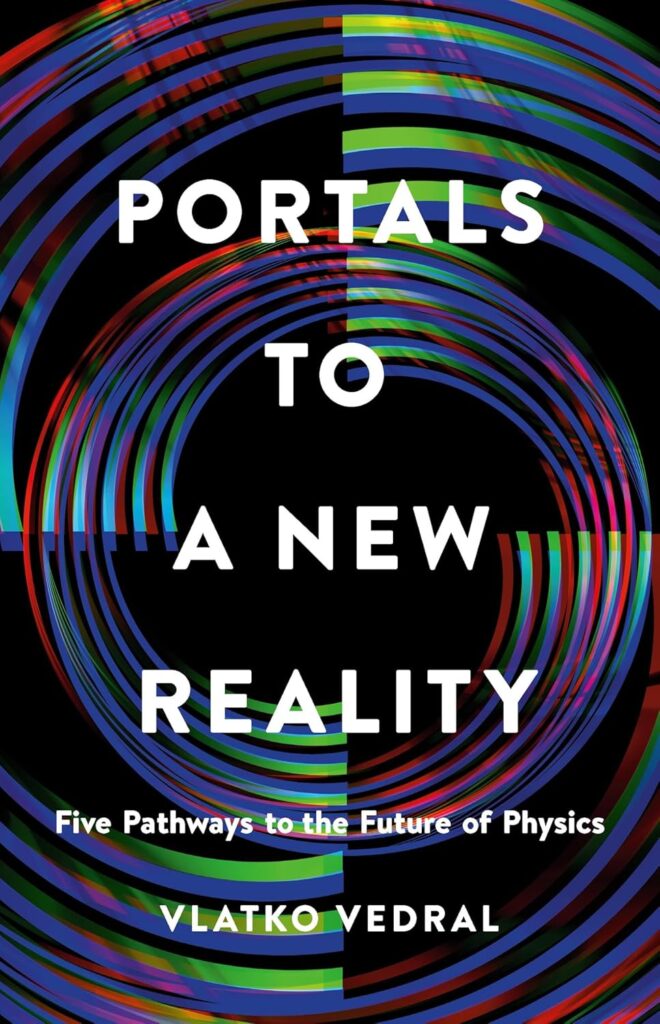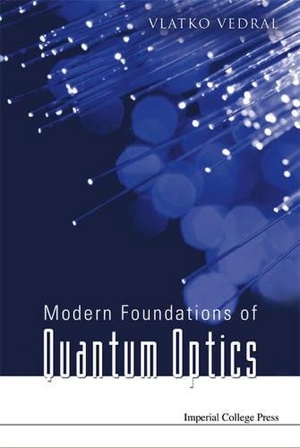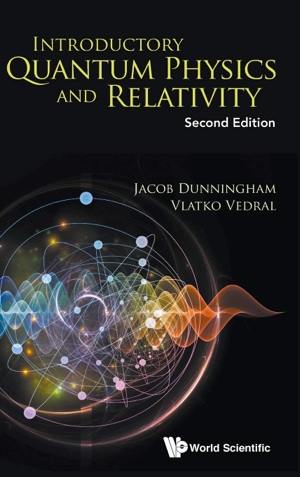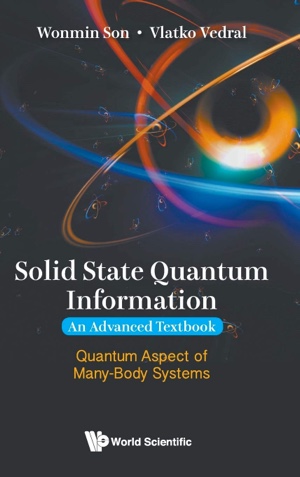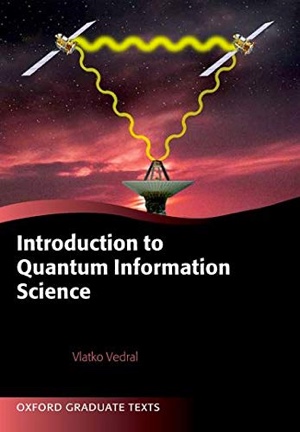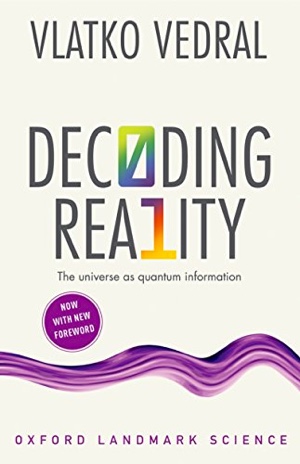Why rethinking time in quantum mechanics could help us unite physics
ORIGINALLY PUBLISHED IN NEW SCIENTIST
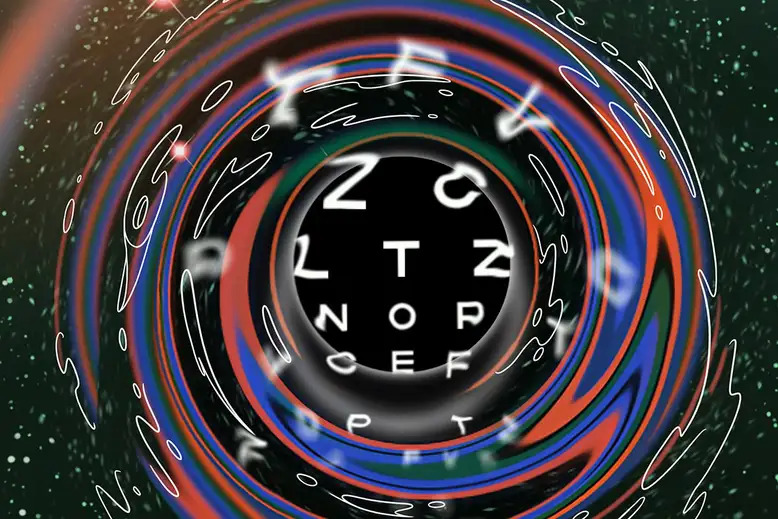
Janelle Barone
I would like to take you with me, just for a minute or two, on a journey through space and time. We are minding our own business, watching the stars and galaxies zip by, when, suddenly, an invisible force draws us in. The closer we get to its source, the faster we move. Eventually, we are moving so quickly that time slows. We become extremely heavy and nothing can stop us – we are hurtling towards a black hole.
On our approach, we start to see streaks of light curving around a dark centre. This is the event horizon, the point beyond which gravity is so great that nothing, not even light, can escape.
But our journey must end here. Putting aside the torture it would place on our bodies to go further, we can’t even imagine what lies beyond this point. At the centre of a black hole, our best description of gravity, the general theory of relativity, breaks down and our other great theory of nature, quantum mechanics, must kick in. We have reached a place where our two best ways to describe the universe – relativity on the larger scale, quantum mechanics on the very small – come together in some way we don’t yet understand. Trying to unify these remains one of our greatest challenges.
However, there are now glimmers of hope. Recently, I have been developing an idea that might get us somewhere by making quantum mechanics more like general relativity. With the help of some experiments, it could lead us to the centre of our black hole, and to a unified theory at last.
CONTINUE READING AT NEW SCIENTIST
Sign up to my substack
BOOKS
ASK ME ANYTHING!
If you'd like to ask me a question or discuss my research then please get in touch.
